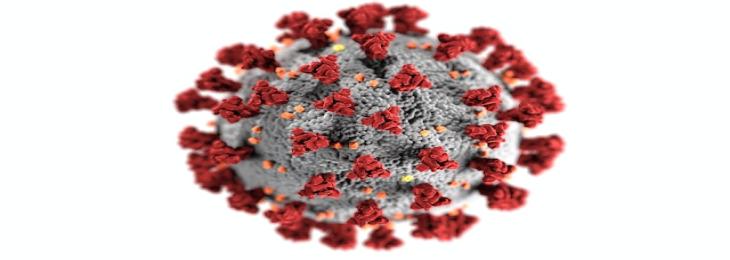
A recent study suggests that the identification of a tiny chemical that neutralizes the COVID-19-causing SARS-CoV-2 virus may offer a novel foundation for treatment to limit the duration of the virus after exposure.
According to US researchers at the University of Houston (UH), the molecule may offer people of all ages rapid protection against viral infection, especially high-risk and immunocompromised patients who generally do not produce enough antibodies following vaccination.
The Pfizer antiviral drug Paxlovid, they said, was only effective during the first three days of symptom onset, and did not operate like the molecule. The journal Biomedicines features a description of the finding. According to the paper, the molecule was first identified during the height of the epidemic when the research team analyzed 15,09,984 feature-rich molecules in the UH Research Computing Data Center. The top 15 compounds that interfered with the interaction between the spike protein and the ACE2 receptor were chosen by the researchers for further testing.
To potentially neutralize the SARS-CoV-2 infection, they discovered favorable interactions between several of the chemicals from the libraries and the interface of the spike protein's ACE receptor binding domain. Patients of all ages continue to face a serious threat from the SARS-CoV-2 virus and its subtypes, Delta and Omicron.
The differences show how rapidly the virus can adapt to antigenic alterations in its spike protein without losing fitness.
Healthcare systems throughout the world have been particularly strained by the Omicron variety. Thus, according to Mr. McConnell, it is crucial to find efficient antiviral medications to fight this infectious condition.
The binding of CD04872SC to the spike proteins of each variant was determined by using a thermal shift assay. This method measures the changes in the temperature at which the protein becomes denatured under different conditions, such as drug binding, pH, ionic strength, and sequence changes, and serves as a good indicator of protein stability.






